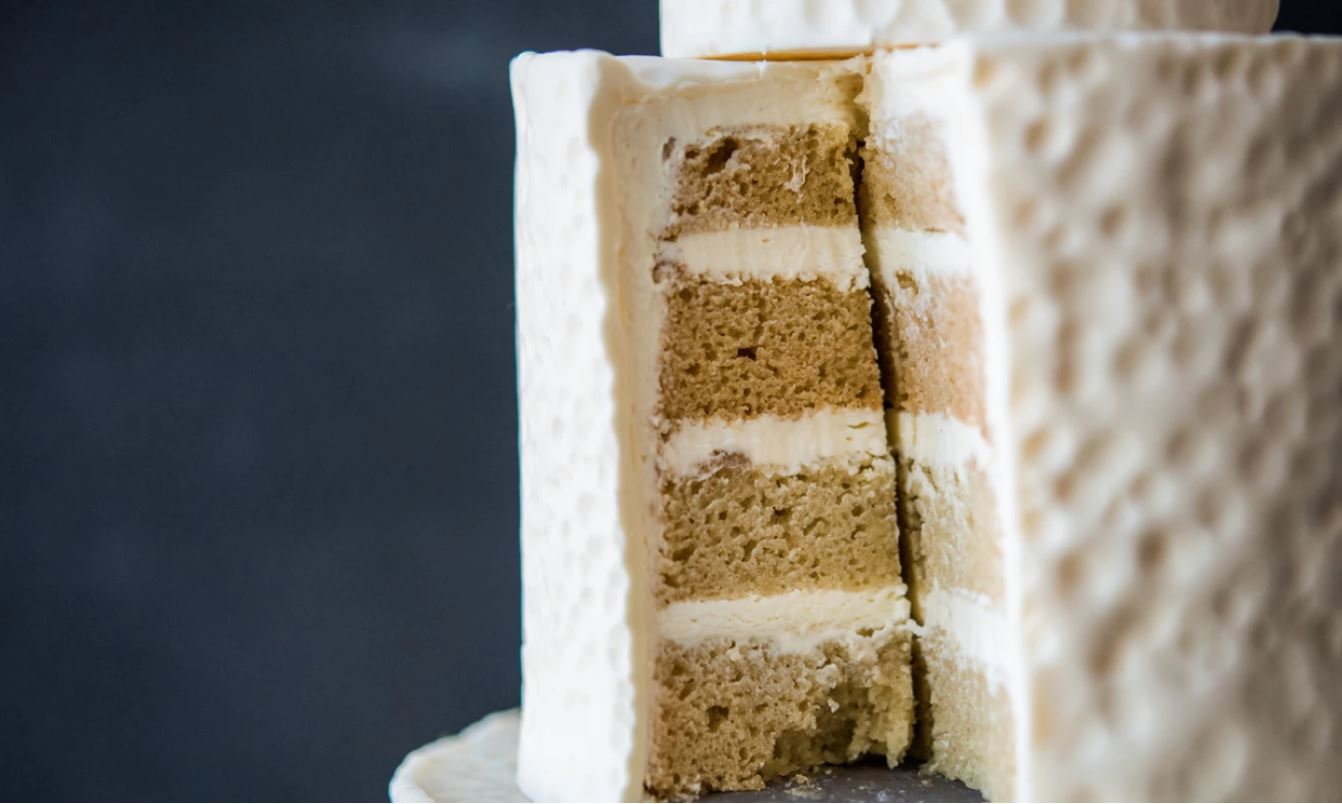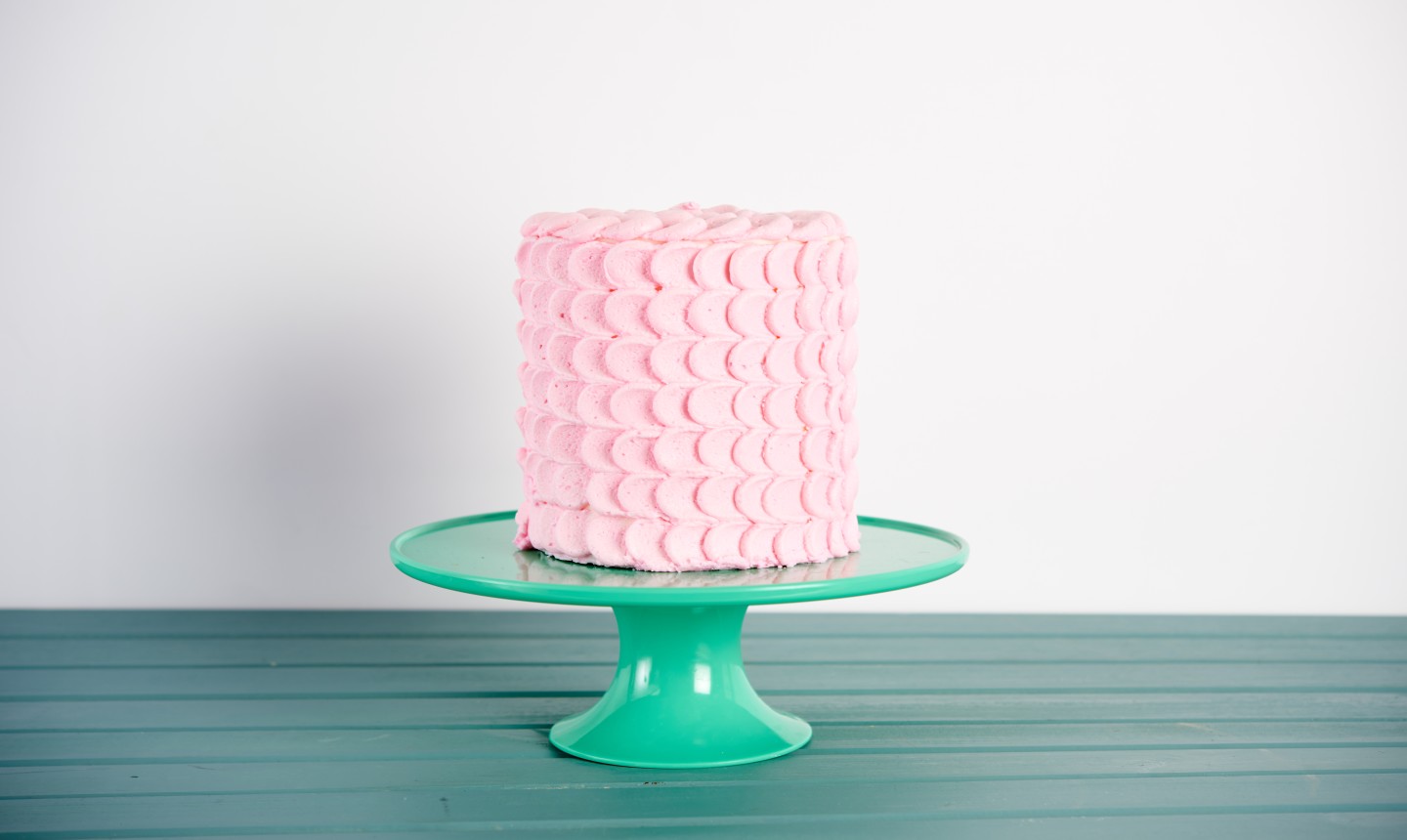
Your cakes are all over Instagram and now you’re fantasizing about becoming your own cake boss. Exciting! But there’s at least one tricky question to figure out first: how much to charge. Here are nine things to keep in mind about pricing.
1. Location, location, location
This is pretty obvious — a baker in New York City can charge more than one in the outskirts of Albuquerque. So do some sleuthing. Call other bakeries and find out how much they charge for custom cakes. If their prices are higher than yours, up your numbers.
2. Do not undercut the competition
You may be tempted to sell your stuff at a discount because you’re new to the biz. Don’t. Here’s why.
Burnout
You’ll be working like crazy for not enough money and there’s a good chance you might burn out early.
Customer expectation
It’s hard to raise prices once you have steady customers who are accustomed to buying cut-rate cakes. Your goal should be to attract a clientele that is willing to pay for quality. After all, better to be known as the awesome-cake lady than the cheap-cake lady.
Hurting the industry
Undercutting your competitors kills their businesses and lowers prices overall, which is bad for everyone.

3. Don’t compete with grocery stores
You also want to avoid basing your prices on the going rate at the local supermarkets. Since those cakes were flash-frozen months ago and decorated with buckets of premade icing, they’ll never be as good as yours. But scouting out supermarket prices is a good way to find out if your prices are too low. If yours are in the same ballpark, raise ’em.
4. Know your costs
This is a biggie! If you don’t figure out your expenses, you’ll charge too little, guaranteed. So start punching in the numbers as you consider the following:
Overhead
Rent, utilities, business cards, posters, office supplies, computer
Bakery equipment and supplies
Mixer, oven, tables, cooling racks, pans, bowls, food coloring, luster dusts, fondant, tools, boxes, cake stands, cake boards, dowels
Ingredients
Flour, sugar, butter, eggs, baking powder, chocolate, vanilla and other specialty ingredients
Delivery
Gas, wear and tear on your car, time
Your time
Calculate an hourly rate for the work and charge accordingly
The last item is important. When I first started my company, I was asked to make a small two-tier wedding cake covered in fondant with a purple fondant bow and fresh flowers. I charged what I thought was a high-enough price, but I hadn’t calculated my costs.
I only did that after I delivered the cake. To my horror, I realized I’d make $15 profit on that cake after adding up everything, including the seven hours I’d spent making it. My hourly rate was $2.14! I learned a huge lesson that day that I’m passing on: Calculate your costs before you agree to even make the cake.
5. Avoid selling your wares short

Photo from Simple Piping, Stunning Results with Amanda Rettke
A wedding or birthday cake is the essence of a party. What do people talk about after a wedding? That’s right, the dress and the cake.
And while it’s tempting to think of your goods as “just cakes,” they’re actually works of art. A gorgeous custom cake is the result of your hard work, talent and the many, many hours that go into making a lasting memory.
6. Have a minimum price point
Make it very apparent that your cakes start at a certain rate and then add onto that depending on the design. For example, fondant cakes start at $7 per serving or wedding cakes start at $500.
This can save you and your customers time. You don’t want to spend hours discussing designs only to find out a customer was expecting a three-tier wedding cake for $50. If customers don’t like your minimum price, they’ll walk away. Let ’em go. They may not have been right for you anyway.
7. Set a standard price per serving
Most customers come to you with the number of people they need to serve. So you need to be ready to give them a starting price based on the size of the cake and the number of tiers. The best way to do that is to use a cake-cutting chart. Most caterers use the Wilton chart, but feel free to use whatever suits since there are a lot of charts out there. Once you’ve picked the chart, stick with it to keep your prices consistent. Then memorize it, so you can easily quote servings and prices per tier.
8. Charge more for design…
Specialty and sculpted cakes require much more time for designing, structuring and decorating. Be realistic about the hours it takes, too. Just because a customer wants to serve an elaborate four-tiered cake to 10 people doesn’t mean you’ll spend fewer hours on it than a cake that serves 30. Just be upfront about the work involved.
9. …but less for false cakes
False cakes add height to smaller ones, but they can be tricky to price. Yes, they’re easier to decorate and take up less of your time, but you still need to spend money on the fondant and other decorative flourishes. A good strategy is to offer false cakes for half the price of real ones, based on your costs and what the market will bear. One word of warning: To try to save money, some brides may want to order a false cake and have sheet cakes on the side. My solution was to offer each for half the price of a regular-sized cake. Savvy brides quickly figured out they wouldn’t save cash.
Running the numbers may seem like a lot of work upfront. But it’s worth it. Follow these guidelines, and you’ll look and feel like a pro on the very first day of business.
Thank you so much! This was very helpful. One of my specialties are TRES LECHES cakes in many flavours, decor, fruit, tiers, etc. I never know exactly what to charge . I recently had my kitchen redone into a gourmet kitchen with double ovens and all the goodies. In my neighborhood there are no bakeries, but a supermarket that does make cakes at ready made prices and COSTCO who charges minimal for birthday cakes. So my dilema is pricing!!! I also make everything homemade. Can someone help me?
Thank you so much for this. I have been struggling alot lately with this
I live in Philadelphia suburbs and when I count how much money I spent on ingredients for my cake plus add extra for my hours ( 15 $ an hour) cost of the round cake 8 inches costs $90+ And this is one tire cake. People think that this is too much...I don't rent a space yet but I don't want even start it, because I'm not ready to get 50$per cake tops :( so my problem that I m not cheap
Great advice, especially on the overhead cost and the time, put in. I mostly looked at the cost of the ingredients which means I have not been taking into account the time I stand on my rest all day. Thanks a lot for all the tips
Great advice! I cut my holiday cakes this year as an offer to anyone who was laid off and might just be recouping. However several of my customers can still afford the original price. I had to give the same price to everyone.
Undercutting the competition doesn't hurt them if they haven't done the work and aren't making much of a profit because of it.